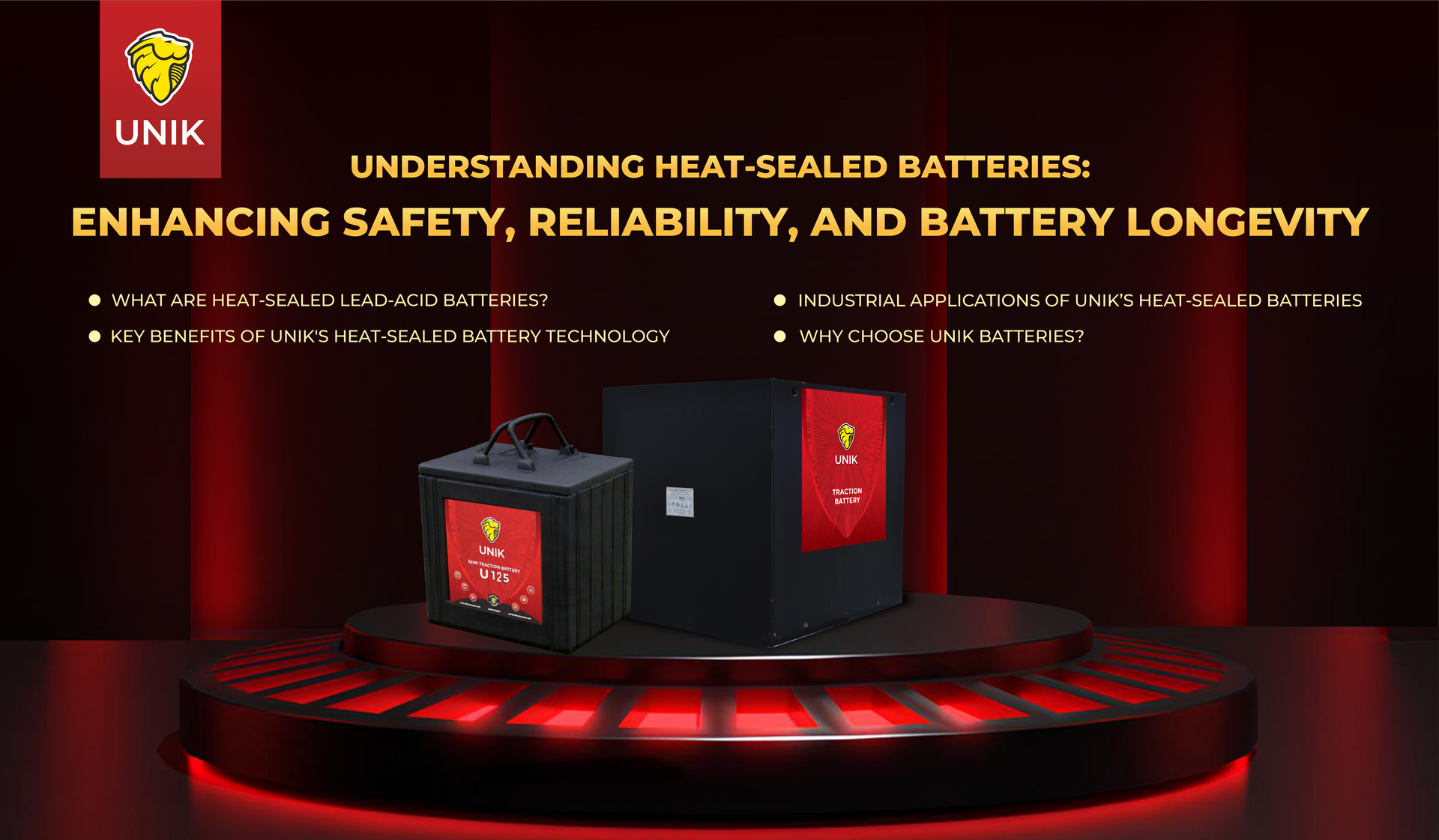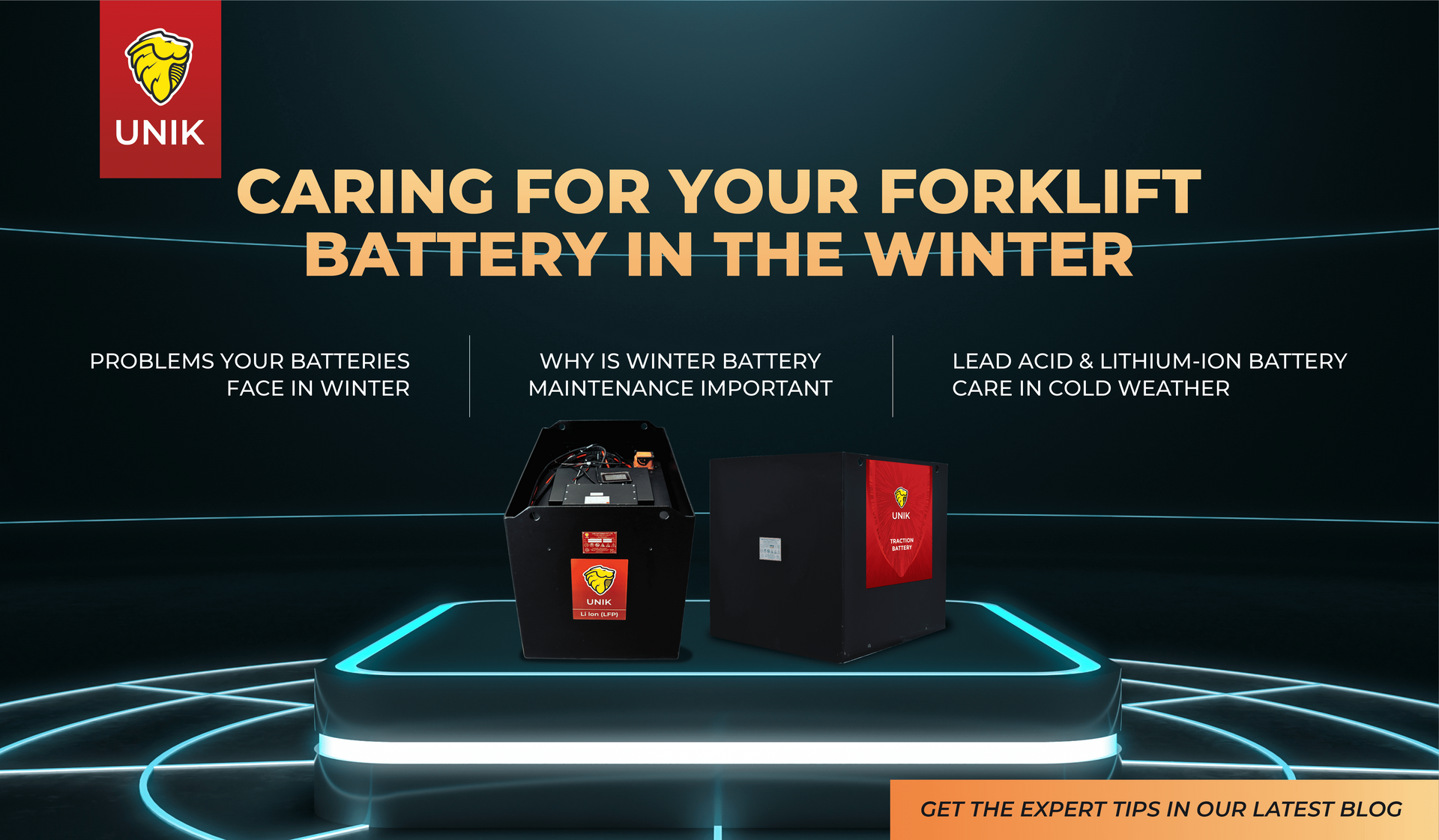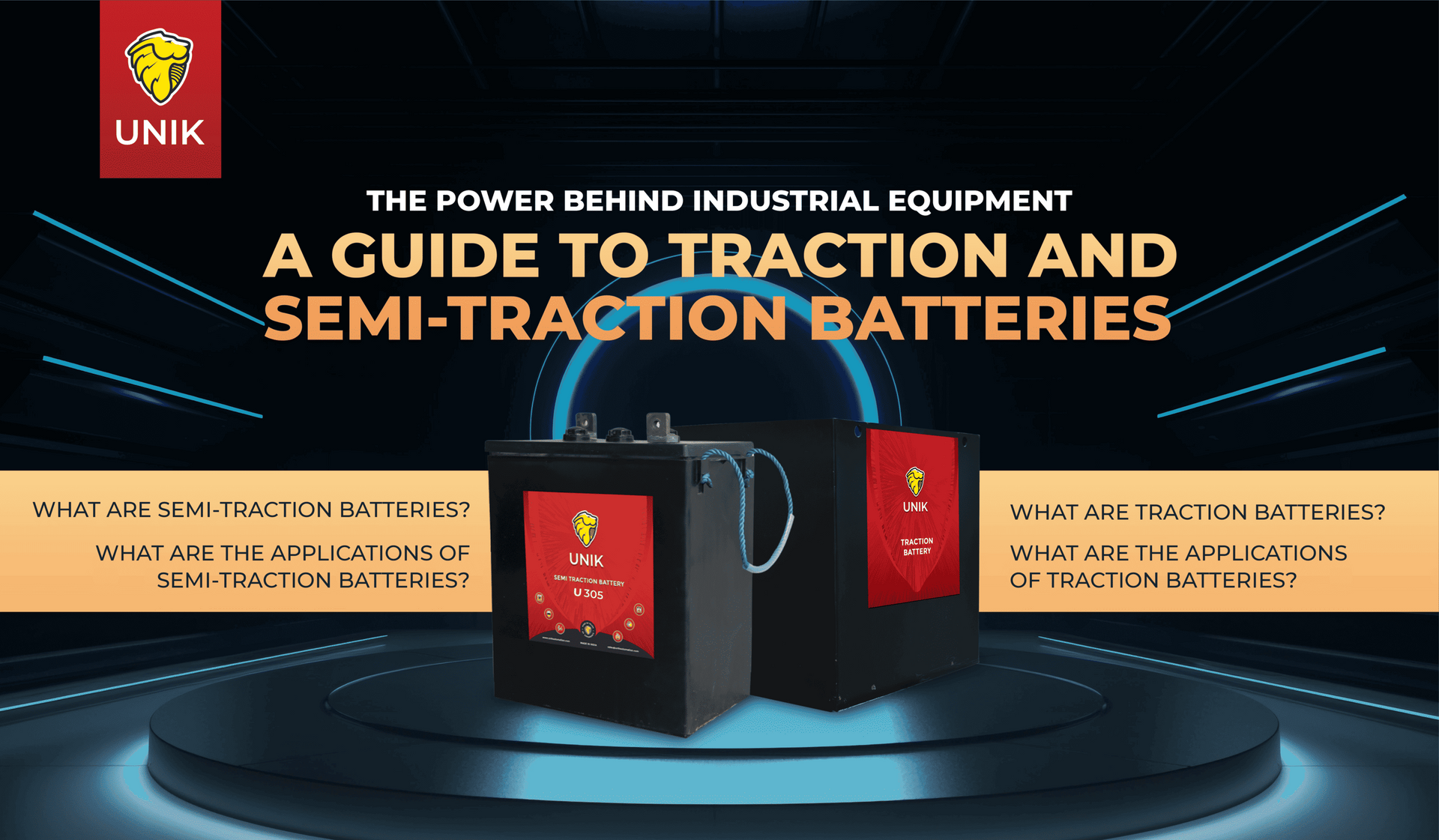The Role of Storage Batteries in the Future of Energy
Welcome, fellow energy enthusiasts, to a captivating journey into the future of power! Let's explore the incredible role of storage batteries in revolutionizing how we consume and conserve energy.
Unleashing the Potential of Renewable Energy:
Picture this: a world where renewable energy sources like solar and wind can shine their brightest, even when the sun hides behind clouds or the wind takes a brief nap. That's where our superhero, the stationary solar battery, swoops in! These power-packed energy storage systems save surplus energy generated during peak times, ensuring a constant supply during low production periods. Renewable energy can unleash its full potential with stationary solar batteries, bringing us closer to a greener and cleaner world.
Empowering Electric Mobility:
Rev your engines, folks, because we're heading towards the electrifying realm of transportation! Semi traction batteries are the driving force behind the electric vehicle revolution. Say goodbye to tailpipe emissions and hello to smooth, eco-friendly rides. With advancements in battery tech, electric vehicles now boast longer ranges and faster charging times. So, buckle up and get ready to join the electric mobility movement!
Shaping Energy Grid Resilience:
Let's momentarily look at the big picture—the energy grid. Stationary batteries are vital in maintaining stability and resilience in our power networks. They act as backups, storing excess energy during low-demand periods and releasing it when needed most. This ensures a balanced and reliable grid, minimizing the risk of blackouts and optimizing energy resources. It's like having a trusty sidekick, always there to keep the lights on!
Repurposing and Recycling:
The magic of traction batteries doesn't end when they retire from their electric vehicle duties. These clever batteries can find new purposes in stationary storage applications. It's a second lease on life! By repurposing retired batteries, we extend their lifespan and maximize resource usage. And when their time finally comes, we give them a superhero send-off through recycling, recovering valuable materials and reducing the need for new mining. It's a win-win for the environment.
These remarkable energy storage systems are changing the game, unlocking the true potential of renewable energy, propelling us towards a greener future, and fortifying our energy grids. So, let's embrace the power of UNIK traction and stationary batteries, work towards a brighter future, and create a sustainable world for generations to come. Together, we can be the green change our planet needs!




CORPORATE OFFICE:
UNIK Batteries Pvt. Ltd.
J-52/4, Indrayaninagar Road, M.I.D.C, Bhosari, Pune, Maharashtra
411 026, India.
CONTACT US:
International enquiries:
Meghav Bafana
Phone: +44 7756 077320
Email:
meghav@unikbatteries.com
Local & general enquiries:
Shubhangi Daundkar
Phone: +91 98504 13331
Email:
marketing@unikbatteries.com
© 2025 Unik Batteries Pvt. Ltd. All Rights Reserved
Digital Presence Managed By: Knowledge Units


